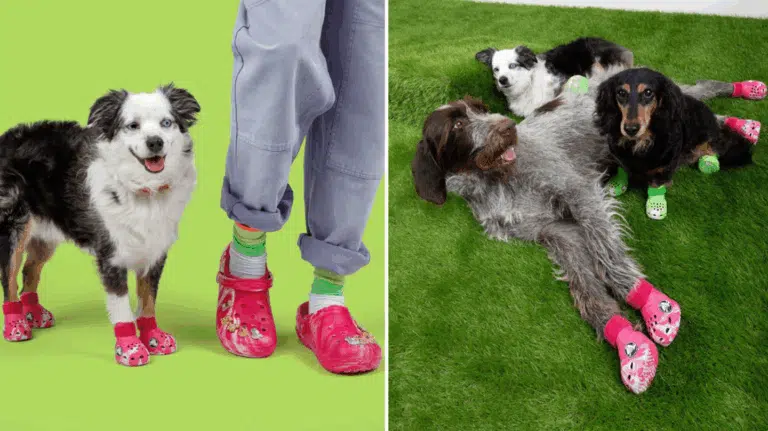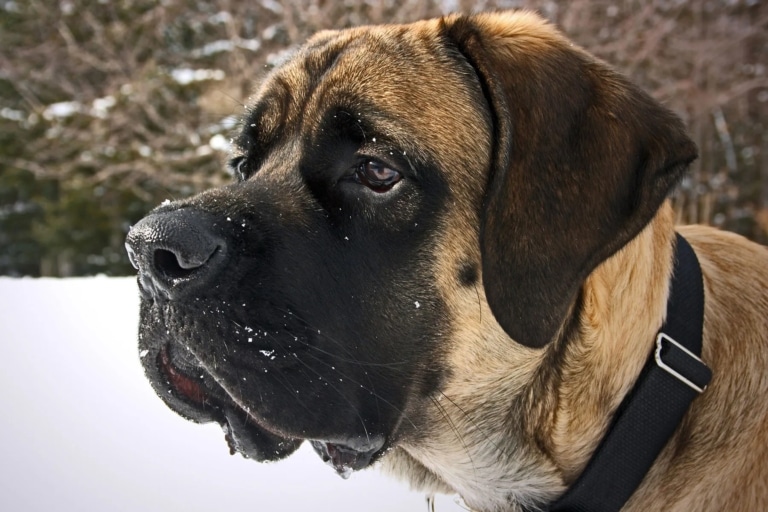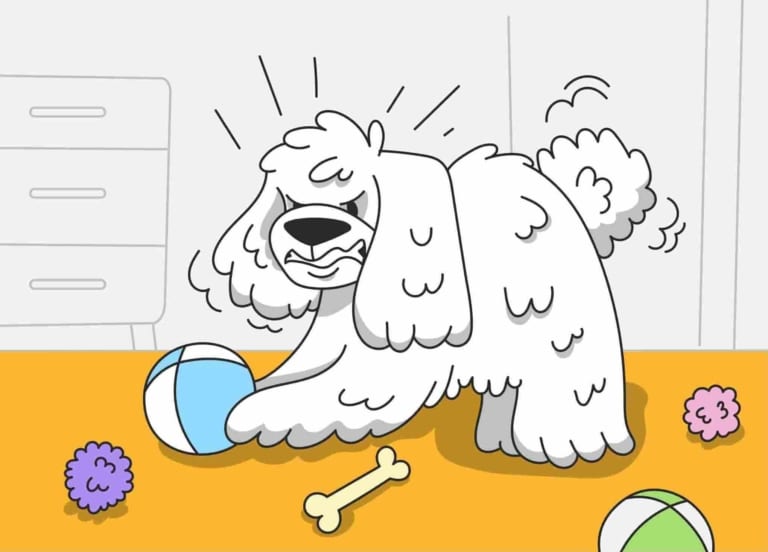The idea of putting shoes on a dog seems strange and ridiculous to many people. But those who have already faced bad weather, mud, ice or hot asphalt know very well that dog shoes are not a whim, but a real necessity. In this article we will consider why a four-legged friend needs shoes, in what cases they are especially important and how to choose them correctly, so that the pet was comfortable and safe, how to teach him to walk in them.
Why does a dog need shoes?
Shoes, boots, socks fulfill a number of functions: they protect the delicate skin of paws from bad weather, dirt, reagents; they do not allow snow to stick, ice build-up on paws (especially between the pads); they save in any weather. Dogs’ paws are actually adapted to various conditions, but the urban environment is far from natural: on sidewalks in winter there are aggressive chemical reagents that corrode the skin; in addition, on a slippery icy road it is easy to lose balance, which leads to injury to the paws. If the dog stands still, his paws can get frostbite. In summer, hot asphalt that can burn pads is a threat, while in the woods there are sharp rocks, tree branches and ticks. And in older dogs with weakened health, paws are often particularly sensitive. Your doctor may also recommend wearing shoes after injuries and surgeries to prevent wounds from becoming infected or stitches from becoming irritated.
How do I choose dog shoes?
Choosing shoes depends on many factors: your dog’s size, activity, season, weather conditions, and even breed. Here are some important criteria:
Size and fit
Shoes should not dangle or squeeze. Shoes that are too tight will chafe and interfere with circulation, while shoes that are too loose will fall down. If it is not possible to buy shoes together with your pet, you should take the measurements of the paw yourself. To do this, place the dog’s paw on a piece of paper and trace the foot. Measure the foot from the back pad to the longest claw, measure the width of the widest part of the footprint and add 5 mm to the measurements.
Material
For winter, waterproof, dense materials with insulation are suitable, in summer – mesh, lightweight and breathable. It is important to make sure that the inner lining is soft and does not rub on the paws.
Soles
It is desirable that the sole is grooved and not slippery, this is especially important in winter, as well as for older dogs.
Buckles
Velcro or zipper fasteners are best, they hold the boots securely on the paw but do not pinch, it is important that the fasteners do not come into contact with the skin and do not rub.
Weight
Shoes that are too heavy make movement difficult, especially for smaller breeds.
How do I shoe train my dog?
The first time shoes are put on your dog’s feet, he may shake his paws, walk strangely or even refuse to move, and that’s normal. But you can simplify the adaptation process, here are some recommendations. First of all, you should start with one paw. Put on the shoe for 5-10 minutes, gradually increasing the time, while distracting the dog with games, praise, give treats. Experts advise choosing socks as the first shoe, as they are lightweight and do not constrain the dog’s movements. After the Pet stops noticing their presence on the paws, you can change the shoes to boots. Choose shoes with soft soles, and later, if necessary, replace the shoes with thicker ones with hard soles. Once your dog is used to wearing shoes around the house, try taking him outside. The first walk in shoes should be short, 10-15 minutes. Praise your ponytail and encourage him with a treat. However, not every dog needs shoes on a regular basis. Many tolerate walks well without shoes, especially in good weather, but in bad weather it’s extra protection. It is especially important to shoe small and smooth-haired dogs (Chihuahuas, Toy Terriers, Dachshunds), older animals, dogs with sensitive skin and chronic dermatitis, pets after surgery and with joint problems. Shoes, boots or socks are especially useful for short-haired breeds of dogs, decorative and exotic breeds, they are fragile, miniature and hard to bear the cold, so they need additional care.

Types of shoes
Dog shoes are divided into several categories based on their use.
Casual shoes
These are shoes, boots, socks or slippers – comfortable, convenient models that are used during walks or at home.
Decorative shoes
It is mainly used at exhibitions or photo shoots, in such models the main attention is paid to decor and finishing to create a unique image.
Specialized or sports models
Suitable for pets of participants in sports competitions, as well as for representatives of hunting breeds. Such shoes are used during training, protects the paws from parasites. They are also useful for running in terrain where there is a possibility of getting cut by sharp thorns of plants.
Seasonal shoes
Winter models are the warmest option because they are designed to protect paws from reagents, snow, ice and cold. In the production of winter boots, materials that maintain a comfortable temperature are used. Demi-season models are suitable for walks in rainy weather. Shoes and boots are made of dense moisture-resistant or waterproof materials that are easy to wash. Summer shoes for Pets are open, well ventilated models made of natural materials with a strong stable sole. They prevent paws from rubbing against asphalt, protect from wounds and burns.
Useful recommendations
- Before you choose boots, boots, sandals or socks, think about where, how and when you will use them. After all, a hunting or service breed dog is unlikely to need decorative models of boots or sandals.
- Almost every dog is a hunter, therefore, likes to chew, bite, chew. Choose models made of high-quality, natural materials with hard toes, which are difficult to chew, chafe or spoil with claws. Various small decorative elements cause additional interest, so be careful with them. If you can not avoid such details, check the reliability of their attachment. Seams should be flat and qualitatively processed, and better – external.
- Select boots taking into account the weight of the Pet, so as not to create an additional load on the paws.
- The method of fixing the boot on the paw is a very important point. Lacing, Velcro, zipper – each of the options has its own peculiarities. Laces can come undone, Velcro is attractive with sound, and long hair when caught in a zipper can injure the Pet.
- Shoes for each dog should be selected individually, strictly according to the size of the foot, the length of the paw, the peculiarities of the breed.

In order for the dog to enjoy wearing shoes, the materials from which they are made are important. Quality boots or socks are light, comfortable, fit comfortably on the paw, do not chafe while walking.
Dog shoes are not fashion, but an element of hygiene and health. If you choose it correctly, the Pet will be comfortable, warm and safe. In an urban environment, this is not a luxury, but a way to protect paws from chemicals, burns, wounds and infections. Veterinarians and cynologists are almost unanimous: any four-legged animal needs shoes! Tail’s well-being and safety depend on the care and love of the owner, so it is important to listen to advice and choose the right shoes for your pet!











